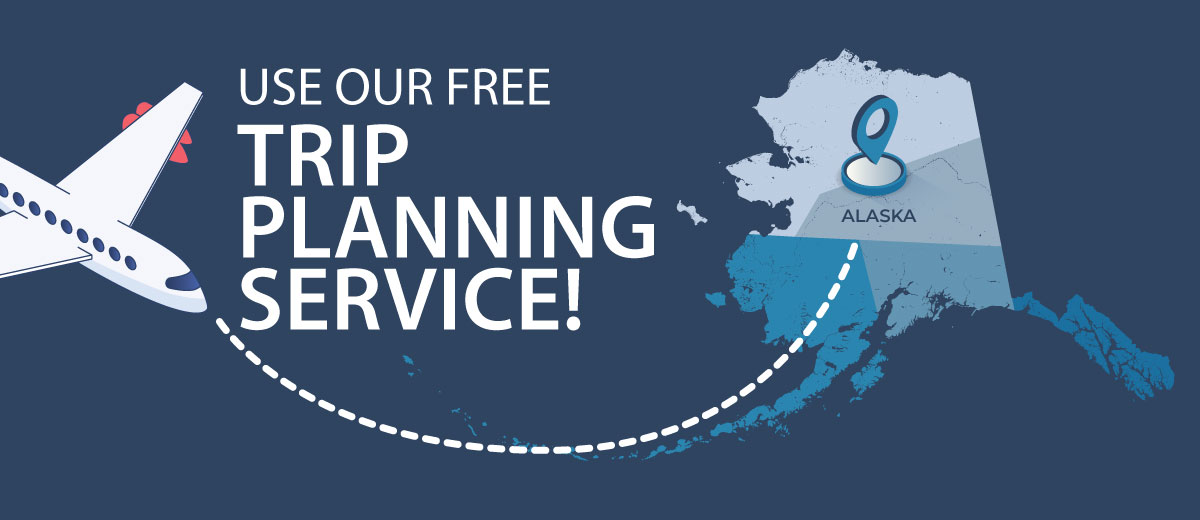Written by Marcus Weiner
Over the last 25 years, I’ve travelled in the backcountry of Alaska, well beyond the reach of cellular service. In Alaska, there are far more places where you can’t get a cell signal than places where you can.
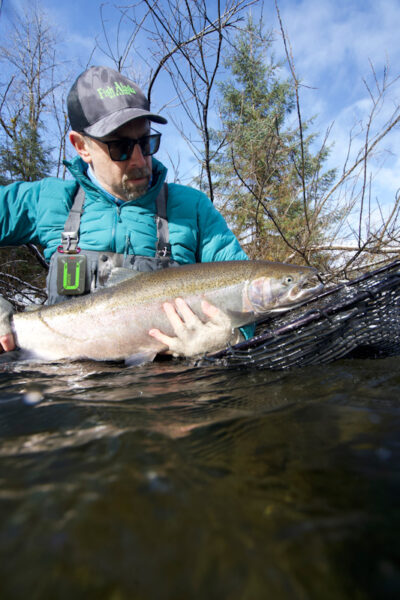
On remote hunting and fishing trips, Publisher Marcus Weiner relies on a ZOLEO unit to communicate. © Hunt Alaska magazine
Where the Technology Started
In the early days, the only option for a satellite communication device was an expensive satellite phone. The hardware was extremely expensive, the rate-per-minute for usage was also exceedingly high, and options were limited for either purchase or rental. As more companies have entered the market, personal satellite communication devices have become more commonplace, affordable, user-friendly, and reliable. In essence, what once was considered a novel device, owned by wealthy individuals, private corporations, or government agencies, has become affordable and attainable for any off-the-grid traveler.
Luckily, I’ve never had to use a satellite communication device in an emergency. I’ve used it to stay in touch with outfitters, remain abreast of the weather, communicate with loved ones, and to check-in at the office. Over the years I have used products from most of the manufacturers in the segment. Today, I use the ZOLEO device.
Latest Technology
The ZOLEO unit is user-friendly and allows me to use an iPhone app and functionality of the software and phone to communicate through the device. It’s worked reliably everywhere I go and has saved me major hassles on multiple trips. Years of real-world experience allow me to objectively endorse the product. Based on the affordability of the unit, reasonable usage plans, functionality of the interface and app, and all-around reliability, I would recommend that any backcountry adventurer consider a ZOLEO.
Intrigued with developments in the industry, and wanting to know more about the marketplace, I interviewed Roadpost President and CEO, Morris Shawn. The conversation was enjoyable and enlightening.
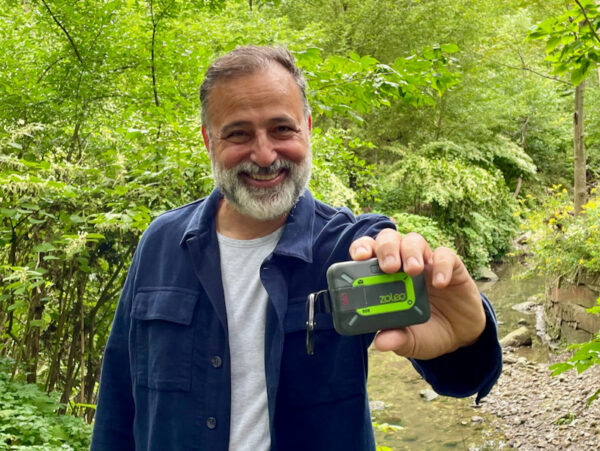
Roadpost President and CEO Morris Shawn relies on his ZOLEO unit to stay in touch when travelling off the grid. Photo courtesy of Roadpost PNWild Hunting.
1) Tell me about yourself and how you came to develop ZOLEO?
I’ve been in the mobile communications business pretty much my whole career, stretching back close to 35 years. I started in Toronto with Bell Cellular, the Canadian cellular-network operator. But I always had the entrepreneurial bug, and after a few years I left and started a company called Roadpost around the idea of renting cell phones to travelers. In fact, I still run Roadpost, although now we are totally focused on satellite communications. Roadpost is one of the joint-venture partners in ZOLEO.
Roadpost got into the satellite business with Iridium’s original network launch in the late ‘90s. We partnered with Iridium on their first efforts to commercialize personal satellite messengers and developed some unique capabilities around tracking and web portals. Iridium introduced us to a company out of Maine called DeLorme, who were then developing the original inReach device. We ended up helping with some of their back-end systems and subscriber services, and also became Canadian master distributor for inReach. After Garmin acquired DeLorme about seven years ago, we started looking for ways that we could leverage our experience into something new.
We spent a lot of time talking to our customers, figuring out what they liked and where they saw gaps. We developed this idea of providing a simple and completely intuitive user experience around satellite messaging and safety, really just emulating the simplicity of smartphone messaging apps. And that’s how ZOLEO was born. We launched ZOLEO just as the pandemic was hitting in February 2020, and it has succeeded well beyond our initial dreams.
2) What’s your perspective on the personal satellite communication device market?
I think we’ve seen it evolve over the past few years, with personal satellite messengers going from a niche product to something that is really a must-have for anyone who spends time out of reach of mobile networks. If you’re working in a harsh environment, or doing some outdoor recreational activity with any degree of physical risk, or just driving in a remote area, that ability to press an SOS button or even just to quickly connect with someone back home and let them know you’re okay is essential.
The personal satellite messenger market has grown a lot over the past few years as COVID pushed more people to the outdoors. That growth has led to more alternatives for customers, and now we’re seeing smartphone makers like Apple get into the act with satellite SOS capabilities available on their newer models. We’ll see continued growth, with different alternatives available for people with different requirements.
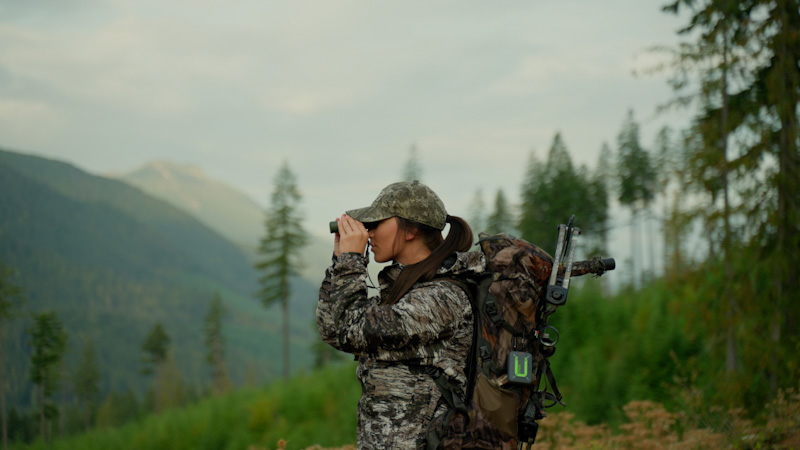
A ZOLEO device is affordable and user-friendly, with usage plans available to meet most traveler’s needs. Photo courtesy of Roadpost.
3) What do you think are the most important factors for a consumer that is considering buying their first device?
The first and easiest consideration is coverage and network quality. All satellite communicators operate either on the Iridium network, which has true global coverage, or on Globalstar, which is challenged in the far north. ZOLEO uses Iridium, which is basically considered the gold standard in terms of coverage and network quality.
Once you’re past that, you want to match device functionality with your own specific requirements. For example, battery life. How long do you typically go without access to recharge your device? Is it a couple of days or a couple of weeks? You will want to make sure that your battery life comfortably covers that.
I would then say that the user experience is important, both for the person in the field and their contact back home. For example, ZOLEO provides a dedicated phone number that never changes, which makes it easier for your contacts to text you. ZOLEO also offers messages over 900 characters in length, and message delivery over cellular or satellite, which is great for people who are in and out of coverage. People should also consider ease of use. You don’t want to have to jump through technical hoops when it’s time to send a message or an SOS.
A final factor is price, both for the device and the service plans. Device prices are pretty easy to compare, but service plans are a bit more complicated. They may have similar price points, but one plan may have a lot more messages included than another. And if you have seasonal usage and want to turn your device off during your offseason, make sure your plan allows that.
4) What do you have planned for the future?
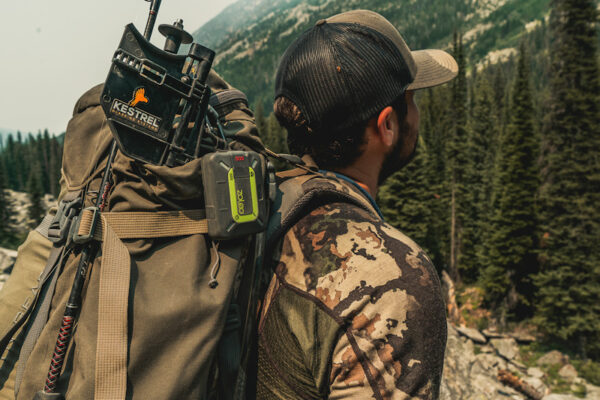
The ZOLEO unit is a reliable and functional personal satellite communication device. Photo courtesy of Roadpost.
I can’t give too much away in case our competitors are listening, but we have a pretty robust roadmap of new features planned for this year. The nice thing about our product is that a lot of the functionality is based on the mobile app, so we can continually improve the user experience and make those improvements available to both existing and new subscribers. We just launched weather for a destination last month, which enables you to get a weather forecast for where you’re going, not just where you are currently. We also have some exciting stuff coming around providing our subscribers with additional safety and tracking services, some of which will be especially interesting to fishing fleets in Alaska and the Northwest.
5) What are your favorite outdoor pursuits?
I really enjoy hiking in the summer and skiing in the winter, although I did do my first winter hike a few weeks ago here in Ontario on the Bruce trail, and it was great. I wouldn’t say it’s my main pursuit, but I do a little fishing as well. We have a lakeside cottage a few hours outside of Toronto, and the pickerel fishing is pretty good.
Marcus Weiner is one of the Founders and Publishers of Fish Alaska and Hunt Alaska magazines.
If you’re looking for more gear content, check out Fish Alaska’s entire Gear Blog.

Marcus Weiner
About the Author Marcus Weiner
Marcus Weiner is the founder and Publisher of Fish Alaska and Hunt Alaska magazines. Marcus has decades of experience fishing and hunting all over Alaska. In addition to managing the editorial departments for both publications, Marcus is a regular feature writer for the magazines and content provider for the websites. Check out Marcus’s YouTube Series “The Jig Life” on the Fish Alaska YouTube Channel.


